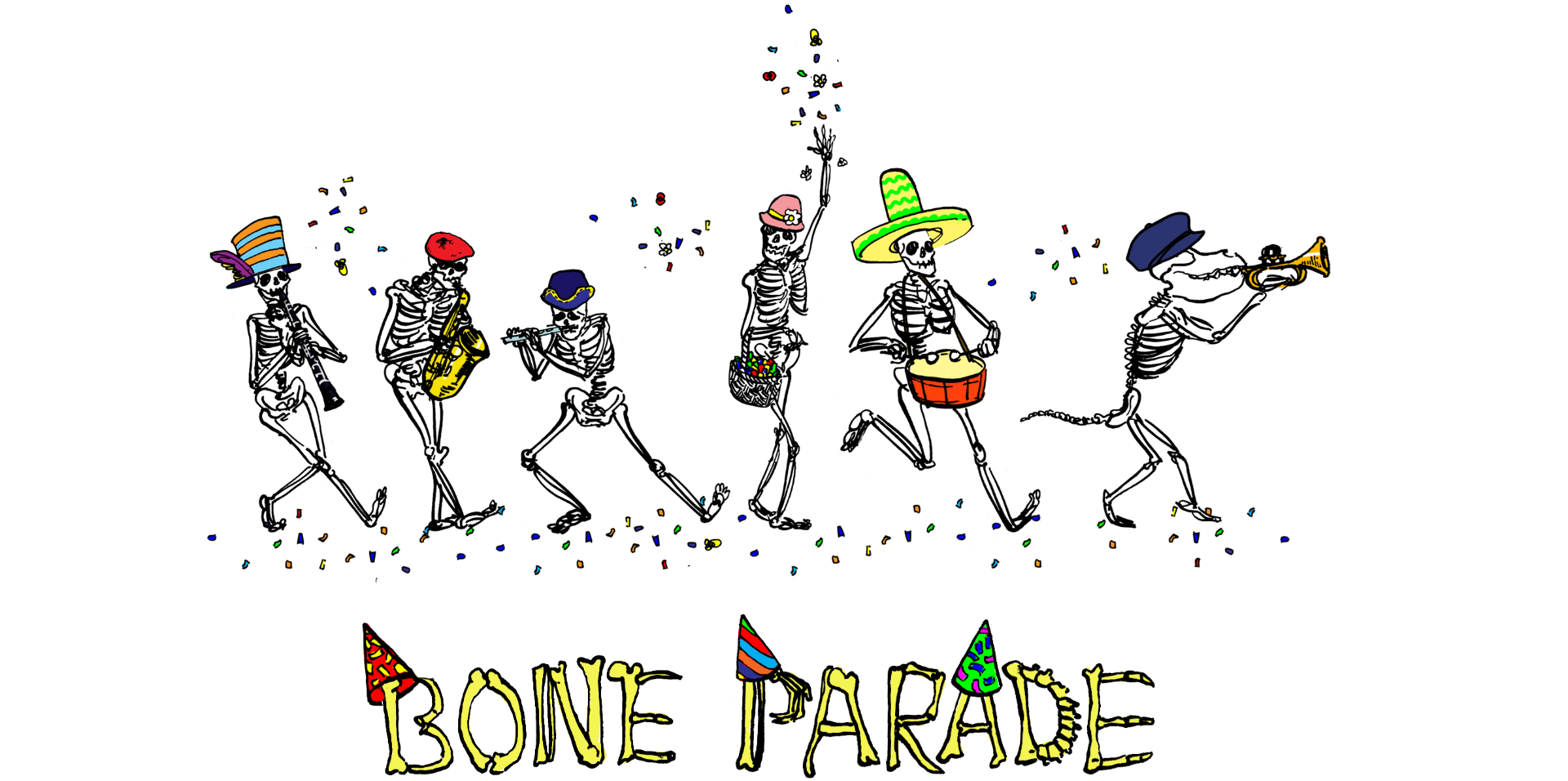ANNABELLE / R. E HENGSTERMAN
“How do I look?”
“You look fine, honey.”
“Is it fine or beautiful?”
“You look like a mom,” he said.
“Are you sure?”
“Yes. I’m sure.”
Lillian Ratcliff fluttered about the nursery as if a butterfly had taken possession of her body. Moving unopened diapers from shelf to shelf. She went to the crib, adjusted the mobile and cracked the window because of the faint odor of fresh paint.
“What if they don’t approve us?” She said, rearranging the stuffed animals in the crib into a neat row.
“We’ll be fine.”
“How’s our credit?
“Lil, we’ve done the best we can. Our references are solid. Our credit is sufficient. We have money in savings. The Hooper’s got their baby last year, and they don’t look near as good as us on paper. And remember Cassie Ingram, Judith Lloyd’s cousin. She got a beautiful baby boy last year, and she’s not even married.”
Lillian wore a path from the crib to the dresser. Animal silhouettes cut into the yellow wallpaper back-dropped the crib. In the corner, an oversized luxury glider, upholstered in white and wrapped in plastic.
“I don’t know,” she said, giving the room a second and third re-organization.
“Do you have the medical records?”
“Yes, dear.”
“And the tax returns?”
“Yes, dear.”
“Okay.”
“We’re good people Lil, and we will make great parents.”
Lillian nipped at the fuzz on her cashmere sweater and adjusted the hemline of her skirt as her husband drove.
“Have you thought about how our life will change? How different things will be?”
“I have,” he said, his eyes never leaving the road. “Lillian we’ve gone over this a million times. You need to relax.”
She wrenched the skin on her hands into an angry shade of red.
It was a twenty-minute drive from the house to the three-story concrete and brick building with Italian cornices. Lillian and her husband walked the granite steps leading to the elaborate, recessed entry, hands interlocked. A garden of white trumpet lilies encircled the building.
Inside the main lobby, cast stone walls met pink marble wainscoting. Centered on the coffered decorative ceiling was an enormous octagonal bronze and glass pendant light fixture.
“This place looks more like a museum,” Lillian said. He squeezed her hand.
“It will be okay,” he said as they rode the elevator.
The waiting room walls were ornamental plaster and held a dozen women who looked much the same as Lillian. An attendant offered fresh water with cucumber. They waited a sharp seven minutes.
“Dr. Gideon will see you now,” a well-proportioned blonde said.
Inside his office were two chairs, a single computer, and a centered plaque with his name.
“Good afternoon,” he said. “We have decisions to make today. Are we excited?”
Dr. Gideon looked no older than thirty, coifed hair, perfect teeth and a well-tested smile.
“Yes, we’re excited,” Lillian said, cleaving the dryness in her throat with a sip of cucumber water.
“We have our records,” the husband said as he passed their folders across the desk. Dr. Gideon took the paperwork and tapped the corners until each page aligned.
“Well,” he said. “Let’s get started.”
“Boy or girl?”
“Girl,” Lillian giggled. Her husband smiled.
“Yes, girl, perfect,” Dr. Gideon said. Typing as he spoke.
“Eyes?”
“Blue.”
“Hair?”
“Blonde.”
“Height?”
“Five foot ten.”
Dr. Gideon perched himself on the edge of his seat, “now for the nuanced traits.” He said, picking up the folder marked medical records.
Lillian shifted, matching Dr. Gideon.
“Aunt with dementia,” he said, looking toward Lillian.
To the husband, “father with cardiovascular disease, brother with colon cancer, sister with breast cancer and psychiatric disease.”
Lillian peered at her husband as Dr. Gideon set the folder on the desk and reclined.
“We can use Crispr to edit the genome of your embryo with unprecedented precision and efficiency. But we may need to make a few compromises.”
Unseen, Lillian dug her heels into the carpet. “What does that mean?”
With your deposit and financials we can either cover aesthetics or disease polymorphisms. There won’t be enough money to cover everything you want.”
There was a lengthy pause. “We can make this work, Lil. We can have a healthy baby.”
Lillian grew as her husband shrank.
“I’m not leaving my baby’s appearance up to chance,” she said. “My mother told me not to marry someone with flawed genetics. I knew better.”
Her husband was about to speak, but Dr. Gideon, sensing the divide, interjected.
“We can mix and match. Eye color, or hair and disease polymorphisms,” he said.
“See, Lil? We can do both.”
Lillian jumped up, “I’m not compromising.”
“Maybe I should give you both a minute to discuss your options,” Dr. Gideon said. Lillian’s back was to the desk, arms tight to her torso and folded.
“You know Lil… we can always have a baby the old-fashioned way. We can use the money for something else.
“Why would I ever leave my child’s genetics to chance? What would our friends and family think? We’d be the laughingstock of the neighborhood. That’s ridiculous.”
“Maybe we need some time to think, Lil. A little time. That’s all.”
Lillian charged from the office before either her husband or Dr. Gideon could respond.
“I’m sorry. I’m sorry for my wife’s behavior. We’ve been saving for this for almost five years.”
Dr. Gideon nodded, “I understand.”
Her husband moved toward the open door.
“Before you leave, can I ask you a question,” Dr. Gideon said.
“Yes.”
“What would you name her?”
“Annabelle.” He said.
“Beautiful,” Dr. Gideon said. “Beautiful.”
R. E Hengsterman is a writer and film photographer who deconstructs the human experience through photographic images and the written word. He is a 2016 Pushcart Prize nominee, proponent of self-flagellation and a flawed human who writes under the beautiful Carolina sky. You can see more of his work at http://www.ReHengsterman.com and find him on Twitter at @rehengsterman.
